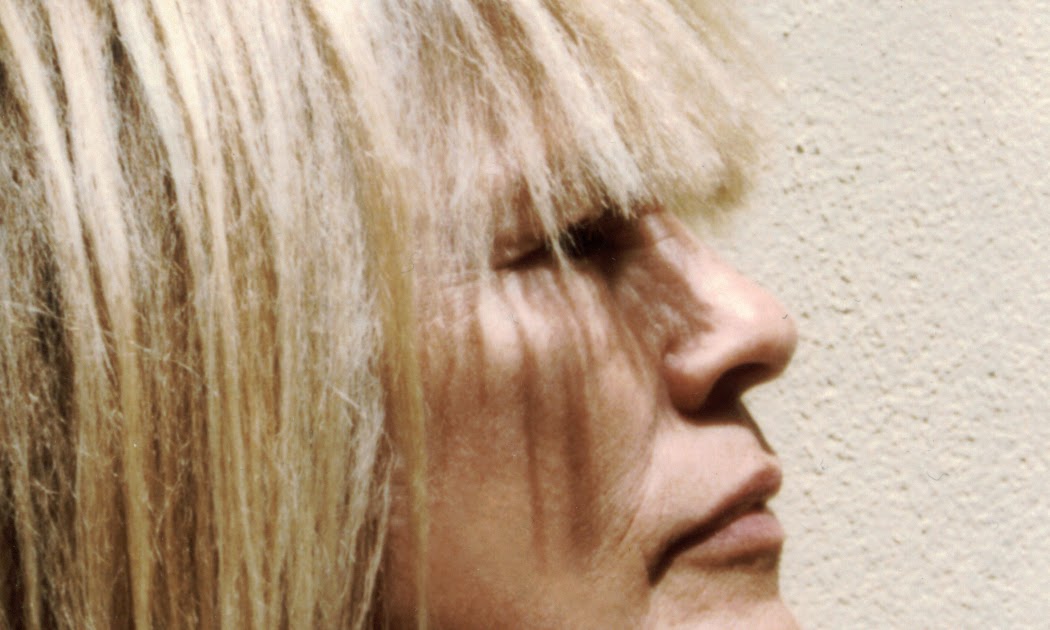

Her list of collaborators from this time period is stunning: besides Bley, trumpeter Don Cherry, saxophonists Pharoah Sanders and Gato Barbieri, and drummers Paul Motian and Andrew Cyrille. This would change by the mid-1960s, by which time she was not only composing, but arranging for, conducting and playing with the finest jazz instrumentalists of the day. This musical foundation proved sturdy enough for Bley to appreciate the complex vernacular she heard in the jazz clubs once she moved to New York she was drawn especially to the meticulously crafted works of Count Basie and Thelonious Monk.ĭuly entrenched with the avant-gardists during her initial years as a composer, however, Bley was busy turning out free, open compositions, written for others to perform. If Bley’s work reveals a certain appreciation for classical idioms, it’s doubtless the result of years of hands-on training in childhood (her father was a church organist).

But her singular aesthetic - with its contrasting musical forms, dramatic tonalities and quirky humor - stands as the organizing principle for these many divergent elements. And she’s collaborated with scores of music legends across genre and era. She’s performed in countless concerts with ensembles of differing configurations. She’s recorded more than 50 albums as a composer, arranger, player or leader. This has led to some drastic shifts in idiom, but I think the sound of my own voice, like the color of my eyes or the way I walk, has endured through all the twists and turns.”įrom an objective standpoint, charting the twists and turns of Bley’s musical evolution is tough, mostly because of the sheer volume of her creative output. I’ve moved through many communities of players, and I’ve tried to provide each one with the perfect setting for his or her voice. “And I almost always write for specific musicians. I’m strongly impacted by what I hear,” Bley explained via email from her home in Willow, New York. “I’ve been moved to try new things in music by the ever-changing world around me. Jimmy Giuffre, Art Farmer, Steve Lacy, Steve Kuhn and Attila Zoller all made use of her talents.Įver since her auspicious emergence on the New York scene, Bley’s distinction as a modern composer with a voice all her own has continued unabated. Within the span of a decade, the number of influential bandleaders recording her work had multiplied. George Russell, a leading light in the codification of jazz harmony, included her “Bent Eagle” on his 1960 album Stratusphunk his imprimatur in particular granted the 24-year-old Bley legitimacy as a composer. Paul Bley wasn’t the only prominent musician who championed Carla’s early work.
#Carla bley 2018 plus#
He was becoming a leader in his own right, and his 1958 album Solemn Meditation would give the budding composer her first recorded track: the precocious “O Plus One.” By the early 1960s, she would be writing most of the material on her then-husband’s albums. In Bley’s story, the club was Birdland and the pianist was Paul Bley, who, by the time they married in 1957, had already proven his jazz mettle as a sideman for Charlie Parker, Lester Young and Chet Baker. Together, they absorb the new music in the air and claim a foremost spot in its vanguard.
#Carla bley 2018 movie#
In hindsight, the serendipity of Bley’s career is the stuff of movie plots: Freakishly talented composer-cum-cigarette-girl meets a rising-star pianist at a Manhattan nightclub frequented by Hollywood glitterati. What were the chances in the 1950s that a teenaged girl from Oakland, California, would land smack in the middle of New York’s vibrant jazz scene, much less emerge as one of its most lasting compositional voices? Bley, who turned 85 this year, enters the DownBeat Hall of Fame after more than six decades of writing, recording and performing. Given the tenor of the times, Carla Bley’s extraordinary career shouldn’t have happened. Carla Bley, the 2021 critics’ choice for the DownBeat Hall of Fame (Photo: Mark Sheldon)


 0 kommentar(er)
0 kommentar(er)
